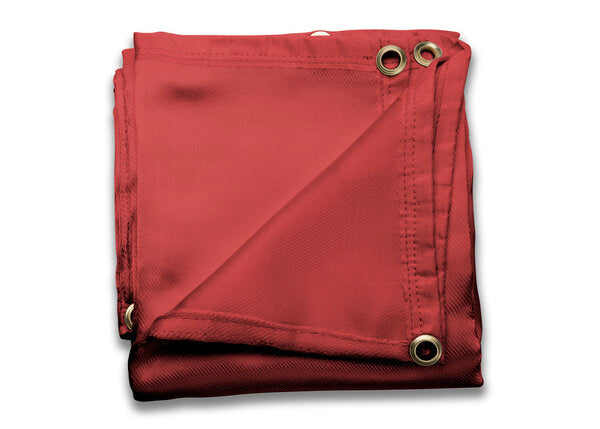


Welding is a vital process in various industries, from manufacturing to construction and automotive repair. While it is an essential skill, it can also be a hazardous one if safety precautions are not taken seriously. One critical safety measure that often goes overlooked is the use of welding blankets. In this SEO blog post, we'll discuss why welding blankets are a necessity when welding, emphasizing their role in protecting both your project and your safety.
Welding generates intense heat, sparks, and molten metal splatter, which can easily ignite flammable materials in the vicinity. This poses a significant fire hazard, especially in industrial settings where there may be various materials and equipment nearby. Welding blankets are made from flame-resistant materials like fiberglass or silica fabric, designed to withstand high temperatures. By placing these blankets strategically around your work area, you create a protective barrier that can effectively prevent fires from spreading.
Not only do welding blankets prevent fires, but they also shield nearby materials and equipment from the extreme heat produced during welding. Excessive heat exposure can cause damage to sensitive surfaces, electronics, and even nearby structures. By draping welding blankets over these vulnerable areas, you can protect them from heat-related harm and avoid costly repairs or replacements.
Welding often results in sparks and molten metal spatter flying in all directions. These tiny projectiles can cause burns, injuries, or damage to nearby objects. Welding blankets act as a barrier, catching and absorbing these sparks and splatter, preventing them from causing harm. This protective measure ensures the safety of both the welder and anyone else in the vicinity.
Welding blankets not only safeguard the surrounding environment but also enhance the welder's safety and comfort. By using welding blankets as a partition or curtain, you can create a controlled workspace that minimizes exposure to hazards. This allows welders to focus on their work without worrying about potential dangers. Additionally, welding blankets can be used to shield the welder from radiant heat, providing a more comfortable working environment.
Cleaning up after a welding project can be time-consuming and labor-intensive, especially if there are sparks, splatter, or slag scattered around the workspace. Welding blankets simplify cleanup by containing these materials within their confines. This not only saves time but also reduces the risk of overlooking a stray hot ember or piece of molten metal that could cause problems later.
Conclusion
In conclusion, welding blankets are an absolute necessity when welding due to their multiple benefits. They protect against fire hazards, prevent heat damage, control sparks and splatter, enhance welder safety and comfort, and streamline cleanup efforts. By investing in quality welding blankets and incorporating them into your welding practices, you can ensure a safer, more efficient, and cost-effective welding process. Remember, safety should always be a top priority when working with welding equipment, and welding blankets are an essential tool in achieving that goal.
Looking for high quality Welding Blankets, We Recommend the Lincoln Electric 6' x 6' 550* C Rated Fiberglass Welding Blanket.

Leave a comment